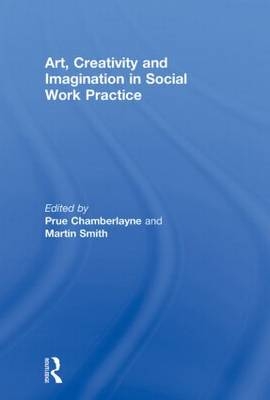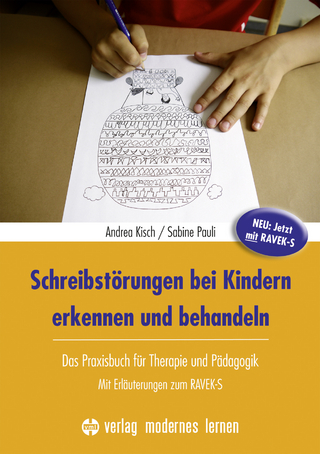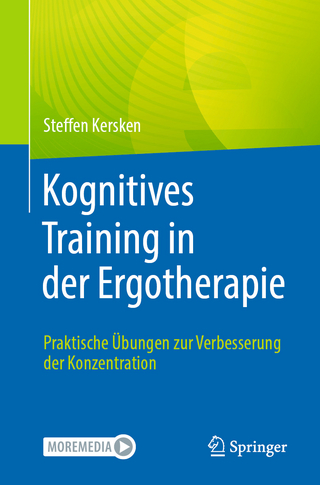
Art, Creativity and Imagination in Social Work Practices
Routledge (Verlag)
978-0-415-59081-5 (ISBN)
Harnessing the inspiration available from the arts and the imagination brings to life sensitive and effective social work practice. Workers feel most satisfied while service users and communities are more likely to benefit when creative thinking can be applied to practice dilemmas. Drawing on contributions from Canada, England and Utrecht this book illustrates the transforming effect of creatively applied thinking to social problems. The first part of the book considers how use of the self can be enhanced by analytic reflection and application to difficulties facing individuals and communities. The second part shows psychodynamic theory to be a valuable aid when thinking about issues faced by social workers facing threats and accusations, therapeutic work with children and restorative youth justice. The third part of the book considers the implications of working with the arts in community settings – an ex-mining community in North West England, the Tate Gallery in London and the ‘cultural capital’ of Liverpool. Taken as a whole these chapters combine to inspire and provoke thought of how the arts and the imagination can be used creativity to help service users confronted by problems with living and the workers who attempt to get alongside them to think about these.
This book was published as a special issue of the Journal of Social Work Practice.
Prue Chamberlayne has used biographical methods in a range of research and policy settings. Retired from the Faculty of Health and Social Care at the Open University, she is now writes poetry, and is involved in a community development project in Uganda. Martin Smith is the Practitioner-Manager of the Buckinghamshire Social Services Out of Hours Emergency Team. He is particularly interested in researching and writing about social workers’ experiences of stress and fear.
Introduction Prue Chamberlayne and Martin Smith
Part 1 - Use of the self in creative expression
1. Where is the love? Art, aesthetics and research Yasmin Gunaratnam
2. Georgie’s girl: last conversation with my father Karen Lee
3. Innovative rehabilitation after head injury: examining the use of a creative intervention Claire Smith
4. An interplay of learning, creativity and narrative biography in a mental health setting. Bertie’s story Olivia Sagan
Part 2 - Theoretical underpinnings
5. Smoke without fire? Social workers’ fears of threats and accusations Martin Smith
6. Creating communication. Self-examination as a therapeutic method for children Carolus van Nijnatten and Frida van Doorn
7. Arts based learning in restorative youth justice: embodied, moral and aesthetic Lynn Froggett
Part 3 - The wider community
8. ‘Ways of knowing and showing’: imagination and representation in feminist participatory social research Victoria Foster
9. Representations of violence: learning with Tate Modern Hannele Weir
10. ‘I thought I wasn’t creative but…’ Explorations of cultural capital with Liverpool young people Paula Pope
11. Case Experience: ‘Dancing Shoes’, A Buddhist Perspective Donovan Chamberlayne
| Erscheint lt. Verlag | 1.8.2010 |
|---|---|
| Verlagsort | London |
| Sprache | englisch |
| Maße | 174 x 246 mm |
| Gewicht | 300 g |
| Themenwelt | Kunst / Musik / Theater ► Allgemeines / Lexika |
| Geisteswissenschaften ► Psychologie | |
| Medizin / Pharmazie ► Gesundheitswesen | |
| Medizin / Pharmazie ► Physiotherapie / Ergotherapie ► Ergotherapie | |
| Sozialwissenschaften ► Pädagogik ► Sozialpädagogik | |
| Sozialwissenschaften ► Soziologie | |
| ISBN-10 | 0-415-59081-7 / 0415590817 |
| ISBN-13 | 978-0-415-59081-5 / 9780415590815 |
| Zustand | Neuware |
| Haben Sie eine Frage zum Produkt? |
aus dem Bereich


